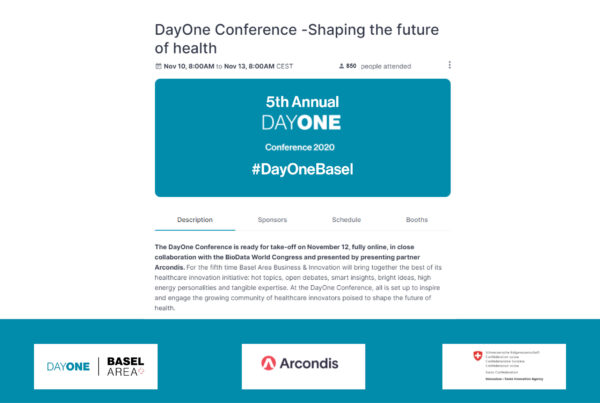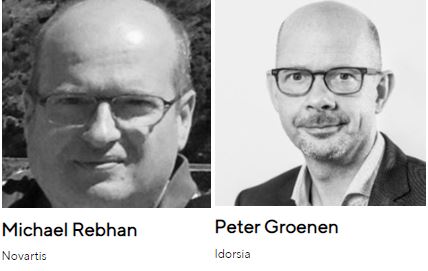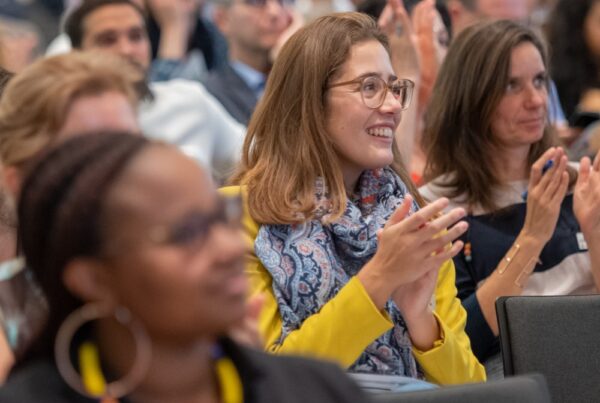
Guest article from Giovanni Nisato. Edited by Catherine Nisato
DayOne has a history of changing and growing each year. This year kept its promise and it felt like several gears were being shifted. This has to do with three factors: world relevance, innovation community engagement and patient dialogue outreach.
First of all, the conference ambition to reach out and connect to innovators world-wide was clearly visible. The world converged at Basel with Africa, Asia, America, Australia and Europe being represented on the podium, and Basel reached out to the world with several “local” initiatives that have the potential to bring about citizen-centricity in health-care (e.g. Oonida). Many common challenges related to access to quality health care are shared world-wide. Though the speakers and panels agreed that digital solutions are not a panacea, they offer opportunities for convergence beyond geography and, through the prism of our differences, we will benefit from mutual learning. Asia may be leading the way in online-based health services, with already 500 million connected users via Tencent, also using European techs (TenCent/ Babylon). African countries may soon be leading the way in early adoption of remote digital diagnostics. DayOne is one of the elements showing that Basel is a good place in the world to connect personalized medicine treatment developments to digital healthcare.
The second point, innovation community engagement, is that DayOne started “walking the talk“ by modelling a collaborative mode within the conference itself. Twenty-three innovators pitched their vision to the participants, who then engaged with them in as many “design-thinking” work groups. This created an engaging environment, breaking down the usual conference barriers and connecting people with diverse expertise. This is crucial since the challenges were as diverse as tough, ranging from juvenile ADHD and autism spectrum strategies to Alzheimer’s, from malaria diagnostics to personalized medicine drug testing and to open-source insurance systems.
The final take-home point, patient dialogue outreach, is probably the most important. The balance of power in healthcare may start to shift towards the patient. DayOne initiated a connection with patients as active participants in the event. Marie Ennis-O’Connor gave a voice to many patients and urged the community to “design for real patients” and engage with them “as human beings”, including “digital empathy”. And to listen, to really listen, to patients.
The starting point of innovation is reality, and our “Day 0” should be the patient.


